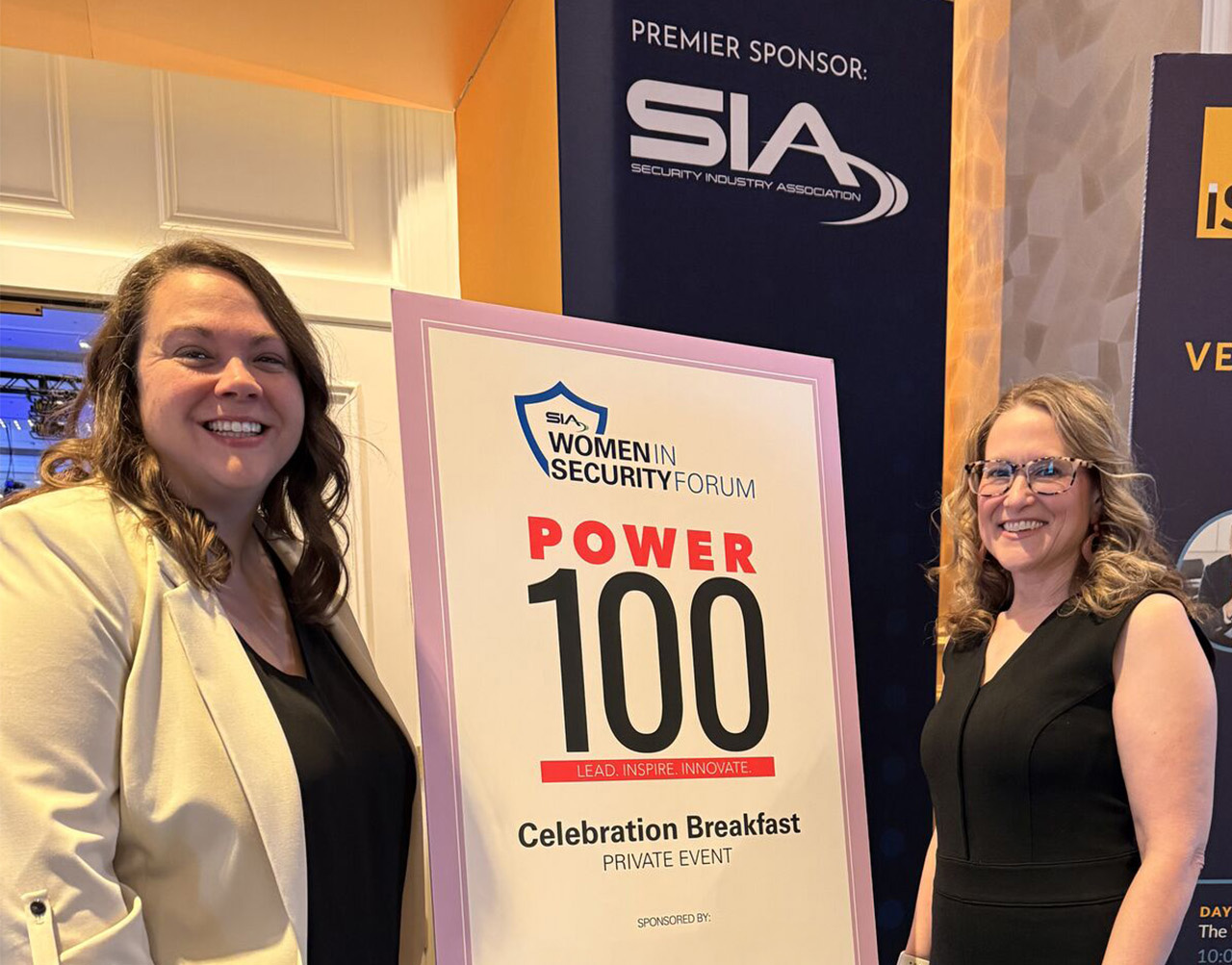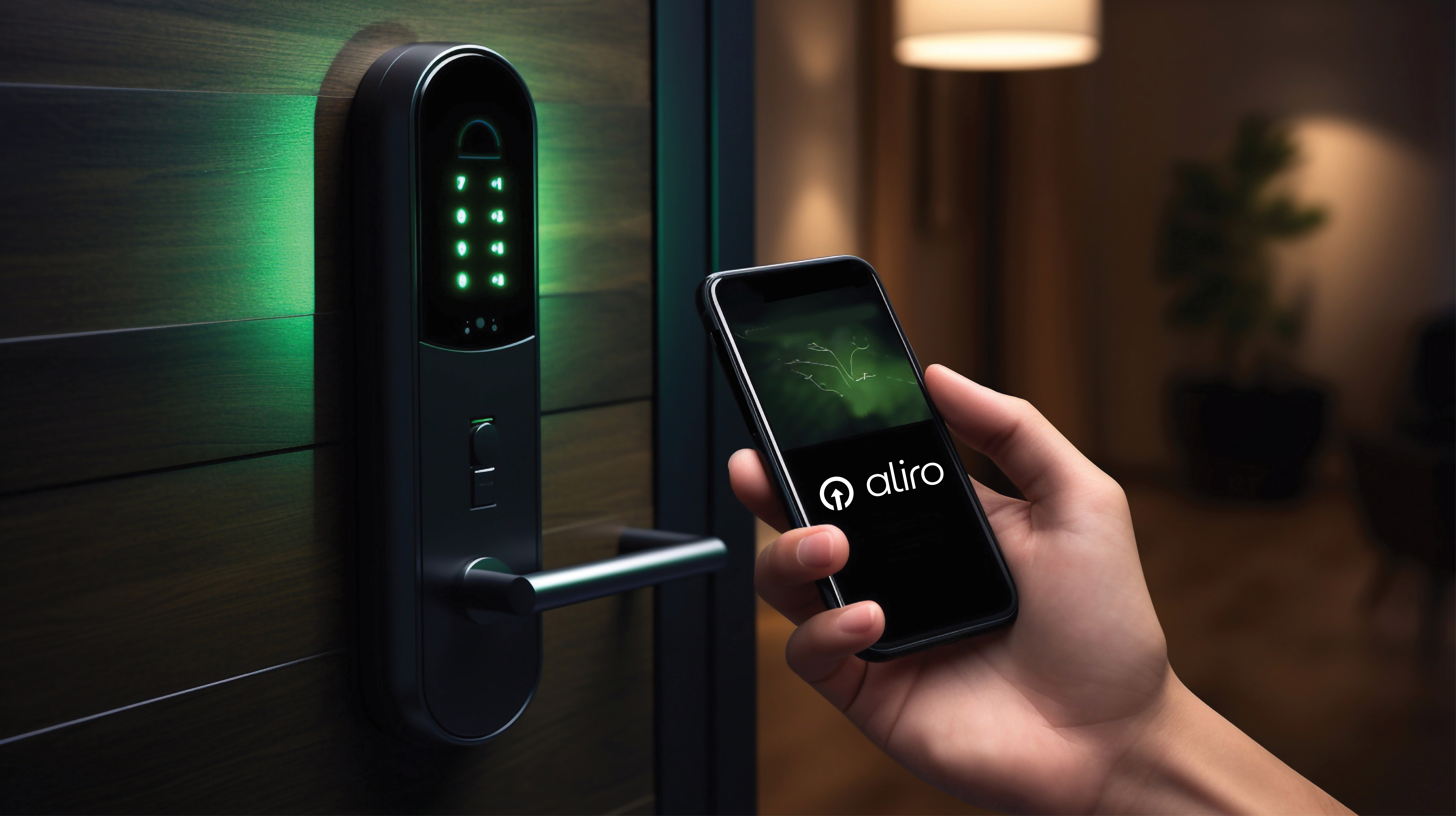
Even before they enter the museum proper, visitors’ journey into the past begins with a welcome from a Tyrannosaurus Rex and a Diplodocus, or rather, two uncannily realistic life-size models. The Senckenberg premises, which currently covers an area of around 25,000 m2, isn't just home to the museum with one of Europe’s largest dinosaur exhibitions, but also houses research buildings for scientists from all over the world.
It’s an extremely interesting location for visitors and researchers alike – but it poses a monumental task for security professionals. It’s their job to protect the areas of the museum accessible to the public, the research facilities and the offices as best they can using modern locking and access control technology, not only in the interests of the approximately 500 staff members working on-site, but for visitors too. Break-ins, theft, vandalism, fire – we’re all familiar with the potential hazards people and exhibits in museums are exposed to.
Consigning classic systems to the past
In his role as Senckenberg’s technical coordinator with duties including responsibility for building and security technology, Alexander Häberlein has complete peace of mind as he works with a digital locking system. That wasn’t always the case. “In the past, we used a variety of classic locking systems, which all worked fine for a number of years. But over time, more and more buildings were added to the museum, and eventually, the mechanical systems couldn’t keep up with the changing room circumstances,” he explains. 2008 brought with it a number of reasons to question the old concept. Häberlein explains: “Insufficient flexibility was a major issue. Another problem was that documentation was becoming increasingly difficult. Moves to other buildings or losing master keys was making life increasingly difficult for us. We were investing enormous amounts of time and money.” Something had to change – hardly surprising, given that the premises currently has 2,000 doors. The company wanted an autarkic system with the latest technology, and convenient software allowing several buildings to be managed in a future-proof manner. When it came to choosing a provider, Senckenberg took a pragmatic approach. “We contacted all of the established market providers, invited some of them to give a presentation and then tested a few systems in practice. We whittled them down to just one provider – SimonsVoss.”
The key to the future
The Munich-based company, founded in 1995, is a global industry leader in digital, battery-powered locking systems with integrated access control. According to Häberlein, it came up trumps: “SimonsVoss brought a wealth of diversity and experience to the table. We were also impressed with the sophisticated technology, energy-efficient electronics and outstanding software.” At the heart of the system lies active transponder technology, which replaces conventional correspondence between cylinders and keys. A single radio-based transponder is capable of opening up to 48,000 doors, gates, lifts, cupboards and even cabinets.
“A single system that satisfied all our requirements was exactly what we were looking for. Another benefit was the locking cylinders’ extremely long battery service lives – 300,000 actuations per battery. No other candidate could offer that,” says Häberlein. The transponder also proved to be energy-efficient. Its high-performance battery doesn’t need to be changed for around ten years or around one million actions. Not only that: “With a reading range of 0.5 to 1.5 metres, SimonsVoss clearly outstripped other suppliers,” adds the security expert.
Jumping into modern times
Another benefit of the all-in-one digital technology is the locking system management software from SimonsVoss. It’s the central control panel for access, monitoring, documentation, alarms and much more. Häberlein explains: “Today, we implement all types of changes in real time on the PC – whether we’re dealing with relocations or new members of staff. Access rights are issued in a flash, while lost transponders can be blocked just as quickly. Should the worst happen, we can immediately protect the premises against unauthorised access and further damage. It’s so much more secure and comfortable.”
A real challenge for the Frankfurt-based company, however, was creating the digital locking plan. “It really did feel like we were jumping from antiquity into modern times,” affirms Häberlein. “Given that until then we had only very rudimentary documentation, we first had to map and update the entire building structure with individual doors. Even rights had only been distributed vaguely; everything had to be clarified.”
The technical partner was always on hand to provide Senckenberg with support, even when it came to tactically briefing the users. The new technology was presented in detail in November 2009 at a large information event on the company’s premises; the transponders were issued straight after. Häberlein explains: Says Häberlein, “We wanted to avoid users boycotting the system and constantly bombarding us with questions. Scientists are very receptive to points if they understand the reasons behind them. Our strategy was to convey the benefits, i.e. the security and the flexibility of the system, and it worked.” A few days later, the first digital locking cylinder was installed – without a hitch, according to Häberlein. “The cylinders from SimonsVoss feature no cabling whatsoever. The replacement process therefore went very smoothly and was completed in just three days.”
An impressive voyage of discovery
Senckenberg now uses a kind of mixed system. “Outside doors and frequently used doors are now operated with the transponder, while conventional keys are used for office doors like before.” At present, over 600 users – as a general rule, every member of staff with a contract – have their own transponder. Guest and replacement transponders with time restrictions are also in circulation. The digital keys are only issued to external companies who have signed for them. In most cases, this is just for one day. All users have long since become used to how convenient the system is – and are more than happy to use it.
Alexander Häberlein has also taken a shine to it: “I’m delighted with the system and would recommend it to anyone. The flexibility and investment security alone are invaluable benefits, compared with mechanical solutions. A digital cylinder, for example, can be reused without restriction. I can replace and completely reprogram it as needed. It was well worth the high procurement costs.” Since Senckenberg is so satisfied, it is already planning its next project with SimonsVoss: networking new buildings via the WaveNet radio network. The company’s trip to the future is far from over.
+++++
Quotation box:
“I’m delighted with the system and would recommend it to anyone. The flexibility and investment security alone are invaluable benefits, compared with mechanical solutions. A digital cylinder, for example, can be reused without restriction. I can replace and completely reprogram it as needed. It was well worth the high procurement costs.”
Alexander Häberlein, technical coordinator at the Senckenberg Gesellschaft für Naturforschung (SGN), Frankfurt am Main
+++++
Box: Challenge and solution
The challenge:
- New installation of a digital locking and access control system for two buildings plus the issuing of transponders to around 500 internal and external users
- Central administration
- Changes to access authorisations at short notice
The solution:
- Digital, wireless locking system
- Central access administration on PC with graphical user interface, access authorisations can be remotely reprogrammed
+++++
About Allegion™
Allegion (NYSE: ALLE) is a global pioneer in safety and security, with leading brands like CISA®, Interflex®, LCN®, Schlage®, SimonsVoss® and Von Duprin®. Focusing on security around the door and adjacent areas, Allegion produces a range of solutions for homes, businesses, schools and other institutions. Allegion is a $2 billion company, with products sold in almost 130 countries.
For more, visit www.allegion.com.







